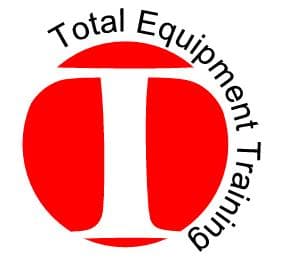
Crane Accidents And Injuries
-
- Contact with the power line
-
- Ensure safe minimal working distance when operating near energized power lines.
- De-energize any current-carrying cables in the vicinity of the worksite.
-
- Fault in crane mechanism
- Personnel present under the lift area during the lift
-
- Clear the area under the crane during lifts to avoid damage to personnel or structures
- Properly train signal persons to apply their knowledge and prevent harm to themselves and others.
- Carry out an inspection of the mobile crane before every use, and a periodic thorough inspection –at least annually- to ensure proper crane operation.
-
- The operator did not securely shut down the crane with high winds in the forecast. When he returned in the morning to lower the crane and secure it during the weather event, the crane collapsed.
-
- Follow the manufacturer’s instructions for crane shutdown instructions for site conditions.
-
- Employee was under the load while the crane was in movement.
-
- The Signal person should have halted or not given the all-clear for the lift.
- Crane was not ready to be operated.
- Lift area was not clear – site supervisor – lift director not present
-
- Misconfigured the crane’s boom
- Miscalculated weight by nearly 5,000 lbs.
- Side pulled a load rather than lifting it straight-up.
-
- Crane operators exceeded the mobile crane limits, causing it to collapse.
- Did not clear the fall zone
- Emphasis on focusing on safety over task completion, a core component of mobile crane operator training.
Main Causes of Crane Accidents and How to Avoid Them
The accident cases above highlight some of the major causes of crane accidents. For quick reference on their awareness and avoidance, consult the table below:
|
ACCIDENT HAZARD |
HAZARD AVOIDANCE |
| Falls |
|
|
|
| Electrocution |
|
|
|
|
|
| Mobile Crane Malfunction |
|
|
|
| Human Error |
|
| Tip Overs/Collapse |
|
|
|
|
|
|
|
| Falling Loads |
|
|
|
| Struck-By/Pinned/Crushed |
|
| (by Mobile Crane or Loads) |
|
|
Training With TET For The Best Accident Prevention
As identified by OSHA, most accidents are caused by human error, attributed to not following protocols and recommendations for safe mobile crane operation. Fortunately, Total Equipment Training can help prevent you and your team from falling into this rut by providing up-to-date training for the entire mobile crane team, which includes:
TET is backed by a national network of experienced industry professionals who utilize OSHA-compliant programs for teams of various sizes and requirements. Reach out to the TET offices today for a consultation and to improve safety and efficiency in your worksites.

